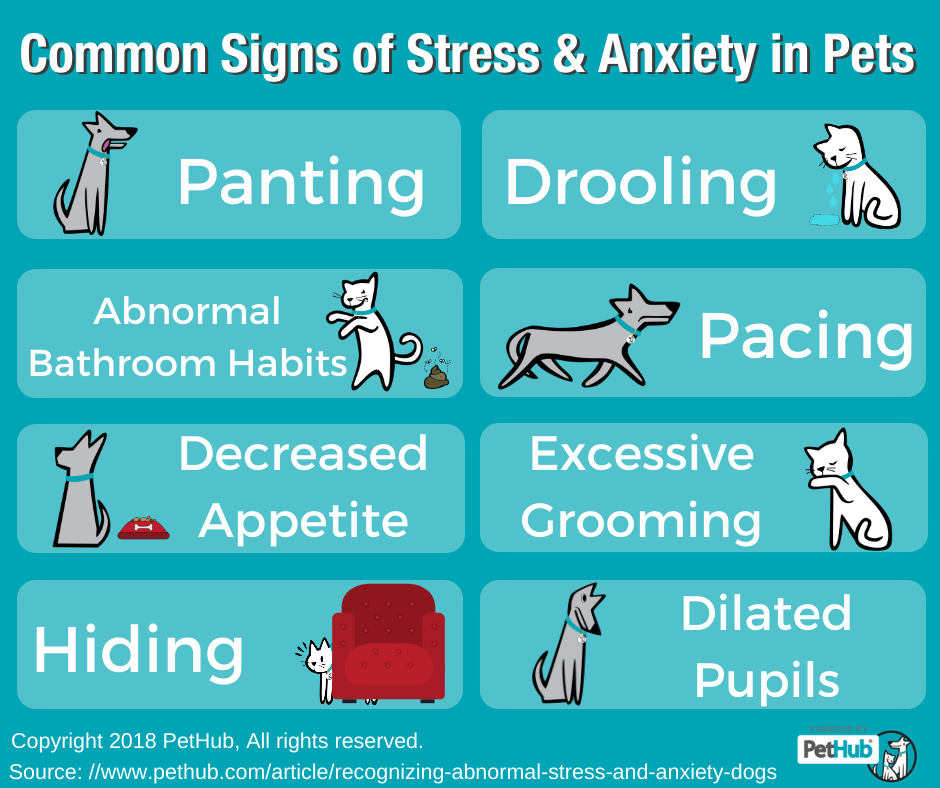How Can You Tell If Your Dog Is Stressed Or Sad: Signs To Watch For
10 Signs Of Stress In Dogs 🐶 How To Help With Anxiety
Keywords searched by users: How can you tell if your dog is stressed or sad how to tell if dog is anxious or excited, why is my dog stressed all of a sudden, critical signs of stress in a dog, how to calm an anxious dog when you leave, signs your dog is stressed, how to calm a stressed dog at night, dog anxiety attack, can a dog die from stress
What Are 5 Signs Your Dog Is Stressed?
Identifying stress in your dog is crucial for their well-being. Here are five key signs to watch out for:
-
Pacing and Restlessness: One clear indication of stress in dogs is when they exhibit excessive pacing and restlessness. When your furry companion starts moving aimlessly and can’t seem to settle down, it might be due to underlying anxiety or stress.
-
Incessant Whining: Dogs often resort to incessant whining when they are feeling anxious or scared. If your dog is constantly vocalizing, especially in situations that typically wouldn’t trigger such behavior, it’s a sign that they might be experiencing stress.
-
Frequent Yawning: While yawning might seem ordinary, frequent and excessive yawning in dogs can be a subtle indicator of stress. It’s a signal that your dog is trying to cope with a stressful situation.
-
Hiding or Avoiding Interaction: Dogs are social animals, so if they suddenly start hiding or avoiding interaction with family members or other pets, it’s a strong sign of stress. This withdrawal from their usual social activities can be a clear red flag.
-
Stiffness or Shift in Posture: Pay attention to your dog’s body language. Stress can manifest as a noticeable change in their posture. They may become tense, stiff, or adopt unusual body positions that are different from their relaxed, normal stance.
By recognizing these signs and taking appropriate measures, you can help alleviate your dog’s stress and ensure their emotional well-being. (Date: September 15, 2023)
How Can I Tell If My Dog Is Sad?
Determining if your dog is experiencing sadness can be challenging, but understanding the signs of canine depression is crucial. These signs may include a noticeable decrease in appetite, an increase in the amount of time spent sleeping or a general lethargy, a heightened need for affection and clinginess towards their owners, frequenting areas of the home where their companion spent most of their time, and a change in vocalization such as increased meowing, barking, howling, or whining. Identifying these behavioral changes can help you gauge your dog’s emotional well-being and address any potential issues. (Note: The date provided, “29th November 2021,” seems unrelated and has been omitted for clarity.)
Is My Dog Sad Or Just Calm?
Is my dog appearing sad, or is it simply in a state of calmness? Understanding your dog’s emotional state can sometimes be perplexing, but there are key visual cues to help decipher it. When dogs are alert and highly aroused, they typically exhibit a more animated and vibrant appearance. Conversely, when they are in the process of calming down, they tend to take on a more relaxed and subdued demeanor. It’s important to note that this isn’t necessarily about whether your dog is happy or sad; rather, it’s about discerning your dog’s current state of mind and recognizing which mental state aligns with the desired behavior for the situation. By observing these cues, you can better understand and respond to your dog’s needs and emotions. This knowledge can lead to a happier and more balanced relationship between you and your furry companion. [Published: February 1, 2019]
Found 40 How can you tell if your dog is stressed or sad





Categories: Details 45 How Can You Tell If Your Dog Is Stressed Or Sad
See more here: future-user.com

Dogs who are alert and in arousal will have that flashy look to them, and dogs who are calming down will have a more relaxed and subdued look. It’s not a matter of happy or sad dogs – it’s a matter of what state of mind is your dog in, and what state of mind promotes the right behavior for your dog at the time.
- Stress is a commonly used word that describes feelings of strain or pressure. The causes of stress are exceedingly varied. …
- Pacing or shaking. …
- Whining or barking. …
- Yawning, drooling, and licking. …
- Changes in eyes and ears. …
- Changes in body posture. …
- Shedding. …
- Panting.
- Pacing and restlessness. When pets begin to pace it may be because they are feeling stressed or anxious. …
- Incessant whining. It is not unusual for dogs to whine incessantly when they are anxious or scared. …
- Frequent yawning. …
- Hiding or avoiding interaction. …
- Stiffness or shift in posture.
- A decrease in appetite.
- Sleeping more than usual or appearing lethargic.
- Demanding more affection or being clingy/needy with their owners.
- Frequenting areas of the home where their companion sent the majority of their time.
- A change in vocalization (meowing, barking, howling, etc.
Learn more about the topic How can you tell if your dog is stressed or sad.
- Signs Your Dog is Stressed and How to Relieve It
- 5 signs your dog may be stressed or anxious – Applaws
- Dog Depression: Signs, Causes, and Treatment – PetMD
- Is that a sad dog, or a calm one? — Orlando Florida Dog Training
- 10 Ways to Calm Your Dog Naturally – PetMD
- What Are Canine Calming Signals and Do They Work?
See more: future-user.com/your-money